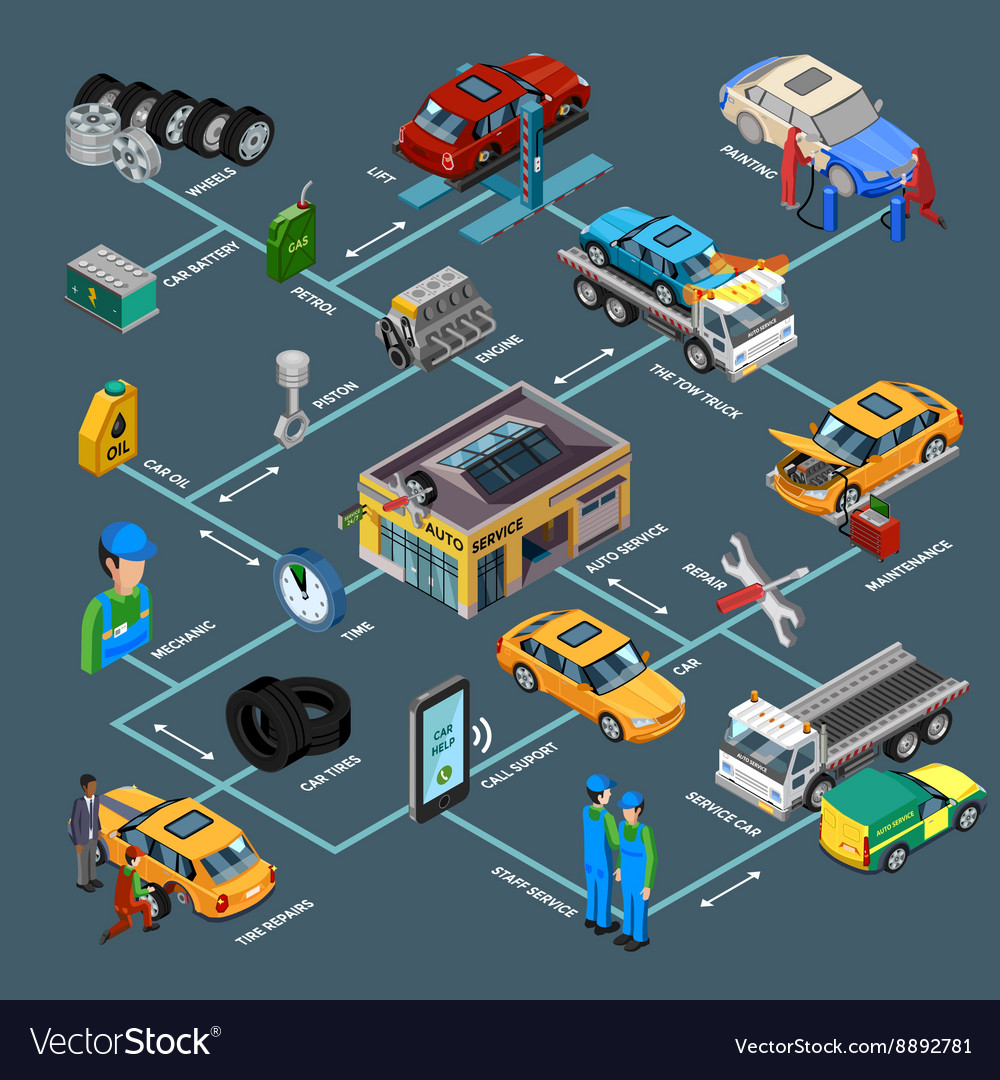Understanding Your Car'S Warning Lights: What Do They Truly Mean?
Understanding Your Car'S Warning Lights: What Do They Truly Mean?
Blog Article
Team Author-Vinson Alvarado
When you lag the wheel, those beautiful warning lights on your dashboard can be a little bit bewildering. Do you understand what they're trying to tell you concerning your cars and truck's wellness? Recognizing the significance of these lights is essential for your safety and the durability of your car. So, the next time one of those lights appears, wouldn't you wish to understand its message accurately and take the essential steps to address it?
Common Caution Lights and Interpretations
Recognize common caution lights in your automobile and recognize their significances to make certain secure driving.
One of the most typical warning lights consist of the check engine light, which indicates issues with the engine or discharges system. If this light comes on, it's important to have your car checked without delay.
The oil pressure alerting light suggests reduced oil pressure, requiring prompt interest to prevent engine damage.
A flashing battery light could suggest a malfunctioning billing system, possibly leaving you stranded if not addressed.
The tire stress surveillance system (TPMS) light informs you to low tire pressure, influencing automobile security and fuel performance. Ignoring this could result in hazardous driving conditions.
The abdominal muscle light indicates a trouble with the anti-lock stopping system, compromising your ability to quit rapidly in emergencies.
Last but not least, the coolant temperature level cautioning light warns of engine getting too hot, which can cause serious damages if not resolved promptly.
Comprehending just click the next post will certainly assist you resolve concerns promptly and maintain safe driving problems.
Importance of Prompt Attention
Recognizing the typical warning lights in your cars and truck is just the very first step; the significance of quickly resolving these cautions can not be highlighted sufficient to guarantee your safety and security when driving.
When a caution light brightens on your control panel, it's your car's method of interacting a possible issue that requires attention. Neglecting these cautions can cause a lot more serious problems later on, endangering your safety and security and potentially costing you much more out of commission.
Motivate interest to cautioning lights can prevent malfunctions and crashes. For instance, a blinking check engine light can show a misfire that, if left unattended, can trigger damages to the catalytic converter. Addressing this quickly can save you from a pricey fixing.
In visit the next web page , a brake system warning light may indicate reduced brake fluid or worn brake pads, crucial elements for your security when driving.
DIY Troubleshooting Tips
If you see a warning light on your dashboard, there are a few DIY troubleshooting ideas you can try prior to looking for specialist help.
The primary step is to consult your cars and truck's handbook to comprehend what the specific caution light suggests. Occasionally the issue can be as straightforward as a loosened gas cap setting off the check engine light. Tightening the gas cap may solve the trouble.
An additional typical concern is a low battery, which can trigger different advising lights. Inspecting the battery connections for corrosion and ensuring they're protected may fix the trouble.
If a warning light lingers, you can try resetting it by detaching the auto's battery for a couple of minutes and then reconnecting it. In addition, inspecting your car's fluid degrees, such as oil, coolant, and brake liquid, can help repair alerting lights associated with these systems.
Verdict
In conclusion, understanding your car's warning lights is crucial for keeping your lorry running smoothly and safely. By immediately attending to these signals and understanding what they indicate, you can avoid pricey fixings and possible break downs.
Remember to consult your vehicle's handbook for particular information on each warning light and do something about it as necessary to ensure a hassle-free driving experience.
Stay informed, stay secure when driving!
